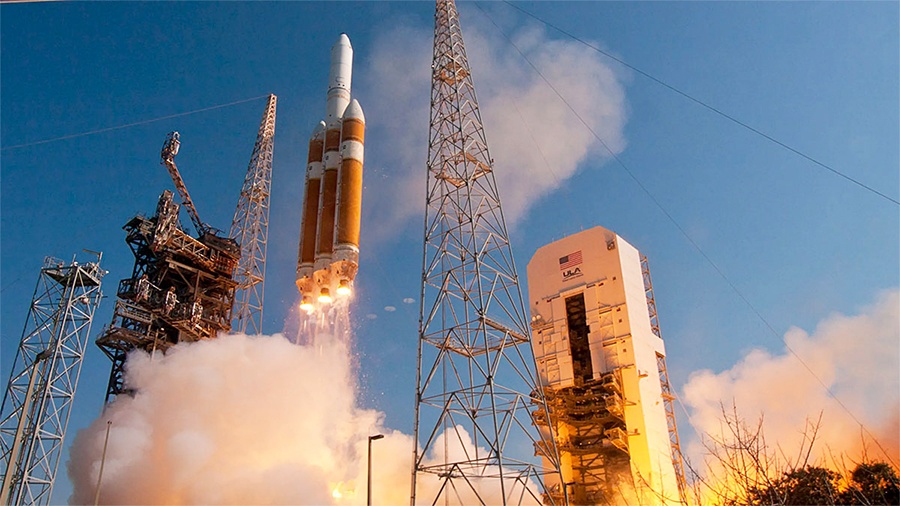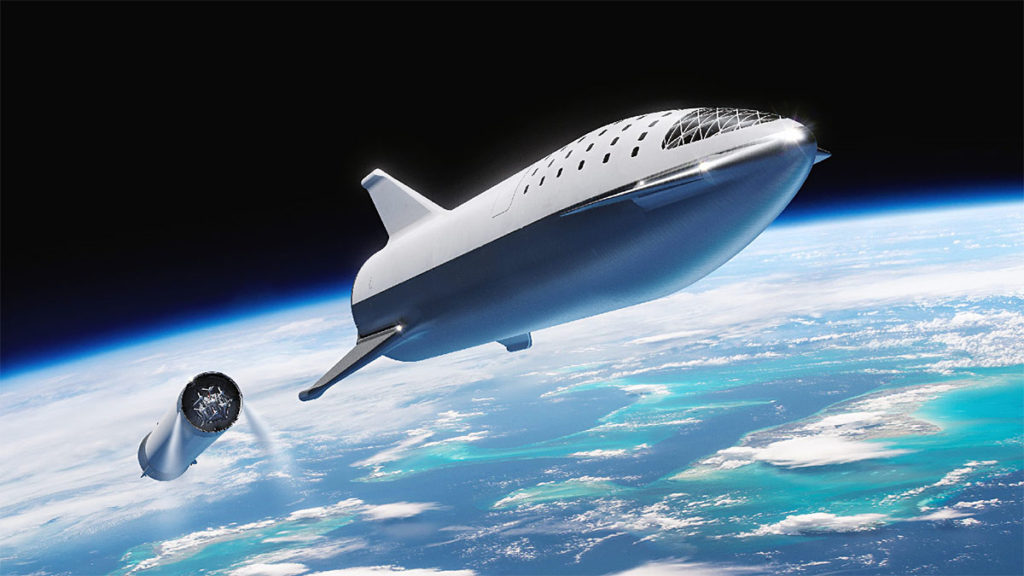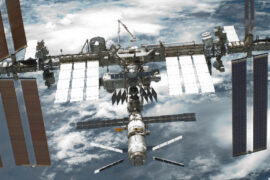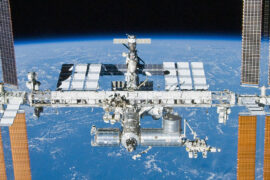Going to space has been my biggest dream since I was a little kid. I bet you are in a similar situation.
But is it possible to go to space today? and if so, how much does it actually cost? Can you go to space if you max out all your credit cards? Let’s find out together.
Going to space today costs about $45 million for solo commercial flights. NASA pays about $110 million for every launch of the Atlas V rocket.
SpaceX and their latest model, the Falcon 9 rocket, estimate every launch costs them about $65 million.
Unfortunately, even with today’s advancements in space exploration, spacecraft design, and rocket propulsion, space travel is still out of reach for most of us.
Here’s how much the last 5 people who went into space on a self-funded trip paid to fulfill their dream.
| Guy Laliberte | $45 million |
| Charles Simonyi | $60 million |
| Richard Garriot | $30 million |
| Anousheh Ansari | $20 million |
| Gregory Olsen | $20 million (estimated) |
All of these trips were to the Internation Space Station where each of them spent between 10 and 15 days.
But is there hope for the rest of us in the future?
Companies like Elon Musk’s SpaceX and Richard Branson’s Virgin Galactic have promised to make commercial space travel a reality and bring down the costs. While both of these companies are still far away from reaching that goal, they have made some advancements that give us hope.
In 2019 NASA opened the International Space Station for commercial opportunities and they are taking application to bring private astronauts and payloads for research to the ISS.
It is very likely we will see the first trips to space in our lifetime and hey, maybe if we save some pennies every day we’ll be able to afford it by the time we are old, right?.
Thankfully, there is hope. As more and more technological advances are made and more missions are launched, the prices will become more accessible for regular people and at some point achieve the long-life dream of seeing Earth from above might be within our reach.
As much as we envy billionaires that will be able to afford to be the first ones to travel to space, they will play a very important role. The millions they will pay to SpaceX, NASA, and Virgin Galatic will allow them to progress their research and develop more advanced technology. That will let them get the costs down for the rest of us.
Sources:
List of space flight participants – Wikipedia
Costs – CNBC
Why is it so expensive to go to space?
If you ask me, my first thought would be that fuel is the most expensive part of space travel. It takes a lot of energy to propel rockets the size of buildings into orbit so that must be where the problem resides.
I would be wrong.
Rocket propellant actually doesn’t account for much of the cost in a rocket launch.
Most modern rockets use fuel with high-oxygen levels or methane, both of which are relatively cheap to produce and not that different from what vehicles on Earth use.
The Falcon 9 (SpaceX) uses about $200,000 in fuel per launch and while that is a lot of money, it is only a small percentage of the $6 to $11 million a rocket launch costs.
So where is the money?
There are three main reasons why going to space is expensive.
- Reusability – Rockets are designed to have two or three “stages”. The first stage is the actual rocket. The rocket detaches itself from the rest of the ship and doesn’t actually make it to orbit. The problem is most rockets are only designed for single-use. Once it does its job of propelling the payload into orbit, it becomes a very expensive, gigantic tin can. Very few parts of the rocket are salvaged and reused for the next launch. Reusable rockets will help reduce costs of space launches significantly but they are complex to build and design so it might take a while to perfect them. SpaceX Falcon 9 rocket is the first system that has managed to have a reusable first-stage.
- Development cost – There’s little room for error when it comes to launching things into space. One small error will put lives and millions of dollars in expensive equipment in danger. More importantly, human lives. Designing and building rockets is a big challenge and one that must not be taken lightly. This is why thousands and thousands of hours have to go into developing the technology and materials that make space travel possible. Then, all that needs to be tested and re-tested many times on the ground. Simulations are run, materials are stress tested, missions are rehearsed again and again. This generates big expenses in terms of jobs, development, and engineering.
- Cost Inefficiency – Most space travel has been done by government space agencies like NASA. The problem with that is that when the government is footing the bill the costs tend to be managed inefficiently as you don’t need to worry about being as cost-effective as possible. With the entry of private companies into the game, costs might be better managed and competition will push the prices down.
The cost of an unmanned space launch

There are currently two main rocket designs that are being used to launch space missions. The Falcon 9 designed by SpaceX and the Atlas V, made by the United Launch Alliance, a joint venture of Boeing and Lockheed Martin. Both companies offer services to various government and private organizations to launch satellites, space probes and supply missions.
The launch of the Atlas V rocket is $110 million on average while a launch in the Falcon 9 rocket starts at $62 million. The costs, however, can increase significantly depending on the type of mission, for example, the Air Force GPS III satellite in 2019 had a cost of $96 million.
On the more expensive side of things, space probe launches are more expensive. For example, the launch of the Parker Solar Probe in 2018 that will study the Sun had a cost of $389 million and had to be launched in a larger rocket (The Delta IV Heavy, also by the United Launch Alliance).
The cost of sending people to space

Missions with human passengers are a different beast. You need to factor in the cost of life-supports systems, backups, additional safety, etc.
It has been a while since the U.S. has done any manned flights to space. Currently, the trips to the International Space Station are done in Russian Soyuz rockets launched from Kazakhstan and whenever a U.S. astronaut is sent, a “ticket” has to be bought in these rockets. Russia is currently selling these trips for $75 million per seat.
Both SpaceX and Boeing will start launching manned missions in the coming years when their Crew Dragon and Starliner capsules are ready. NASA will start buying the trips to the ISS from them instead. It is expected that bringing these launches to America will reduce the cost to about $55 million per person. Russia has announced however they will keep using their own rockets to send their cosmonauts.
Yeah, yeah, but when can I go to Space?

The good news is, you can technically start booking your flight today. The bad news is it will cost you a pretty penny.
Currently, there have been eight people that have gone into space that could be considered space tourists as they have paid for their trips from their own pocket. They have all gone to the International Space Station as part of a venture of the company Space Adventures and the Russian space agency.
Dennis Tito, an American engineer was the first space tourist to go into space in 2001. His trip was estimated to cost him $20 million which got him 8 days in the ISS.
More recently, the co-founder of the Cirque du Soleil, Guy Laliberté was the last space tourist in space. His trip was made in 2009 and cost him $35 million.
As mentioned in the previous sections, the tickets in the Soyuz rockets have significantly increased in price and there haven’t been any tourist trips since 2009 although Space Adventures says it is still offering services.
SpaceX has announced plans to eventually enter the space tourism industry and they even have their first flight booked. Japanese billionaire Yusaku Maezawa has purchased the first trip in SpaceX’s aptly named Starship rocket which will orbit the Moon. The rocket is still in development and the amount Maezawa paid has remained confidential.
If you are looking for a more affordable option, Virgin Galatic is taking pre-orders in their SpaceShipTwo ship. This ship, however, plays a bit with the definition of “space travel” as it only does sub-orbital trips and only crosses the upper atmosphere. Pre-booking your flight costs $250,000. After a bumpy development process and a long wait, Virgin Galactic finally managed to have their first successful tests in 2018 and they expect to start launching with people soon.
Conclusion
So, have you decided to start saving money to go to space? While the price is still too big for most of us, the future seems bright and with multiple companies joining the effort to make mankind a space-traveling civilization, the future seems bright. It will take a while, but costs will go down and hopefully, there will come a day when buying a ticket to Mars will be like buying a plane ticket.







